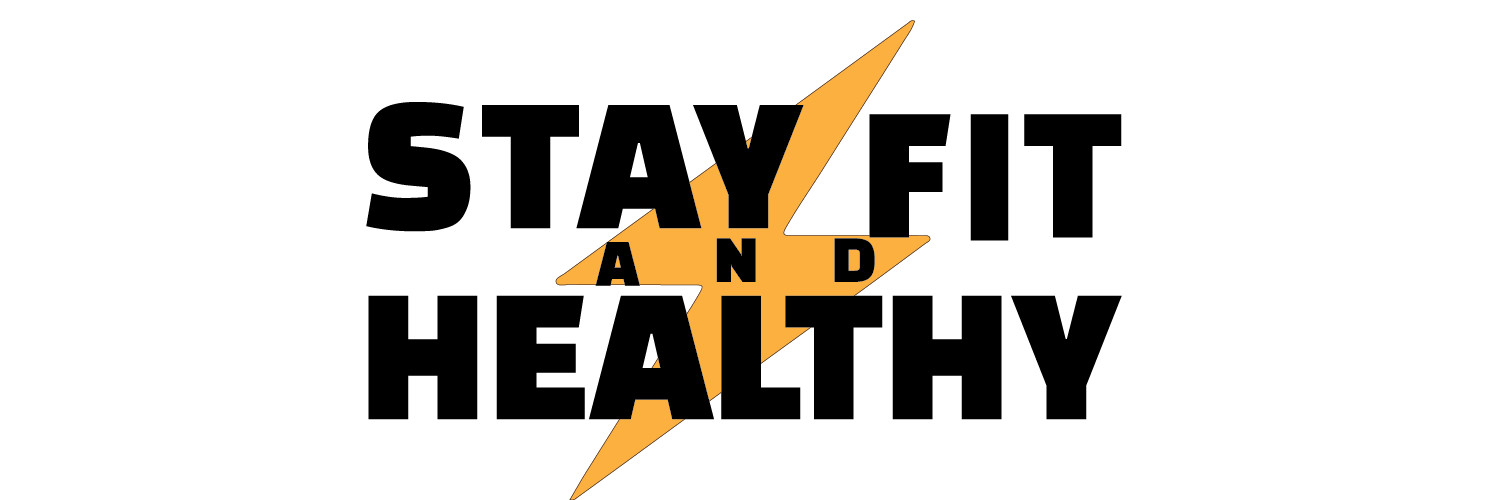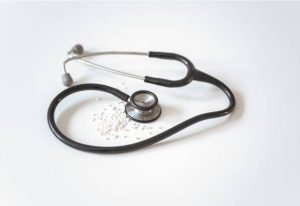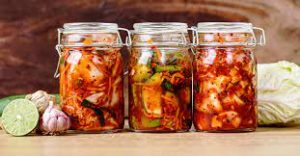How to Create a Diet Plan For Weight Loss
2 min read
A good diet plan for weight loss must include foods that fit into your new lifestyle. A diet plan for weight loss is not just a list of low-calorie foods; it should be based on a healthy balance of nutrients and calories. The key to losing fat and keeping it off is maintaining this balance. Diet plans should combine the right amount of energy, vitamins, and minerals. Listed below are some of the steps to create a diet plan.
First, start by examining your current daily calorie intake. Your body reacts differently to a diet plan, so you may find that a diet plan that works for one person will not work for another. One example is a low-carb diet. You cut out carbohydrates and starches while maintaining a stable blood sugar level. Moreover, this diet encourages you to cook at home, which means fewer sneaky calories.
A balanced diet will also reduce the amount of fat you eat. Many diet plans for weight loss allow cheat days, allowing you to eat whatever you want without counting calories. Cheat days can help you lose weight because cheat days give you a chance to overindulge once or twice a week. Also, most of these diet plans encourage dieters to undereat, so they attempt to stay under their daily calorie intake. However, missing too many calories can negatively impact weight loss.
A diet plan for weight loss should contain a variety of snacks and healthy foods. Snacking on nuts, avocado, and Brazil nuts can be a great way to satisfy cravings and maintain a balanced diet. These foods will also help you feel full, which will help you lose weight. It is essential to know your weight loss goals, as well as your overall health, in order to create a diet plan that works for you.
Another important step in a weight loss plan is to increase the amount of fruits and vegetables in your diet. Fruits contain many healthy nutrients and are an excellent choice for losing weight. Watermelon and muskmelons are two high-fiber fruits that you can incorporate into your diet. You should aim to eat between 8 and 12 glasses of water daily. It is essential to drink plenty of water and get plenty of exercise as well.
Vegetables contain fibre and can help you feel full and reduce your caloric intake. Also, high-protein vegetarian foods like nuts, seeds, lentils, and soy products are excellent sources of protein. While fruit and vegetables are okay to eat, avoid sweet potatoes and bananas. Instead, choose low-calorie whole-grain breads, vegetables, and legumes. These foods will keep your hunger at bay and help you lose weight effectively.




